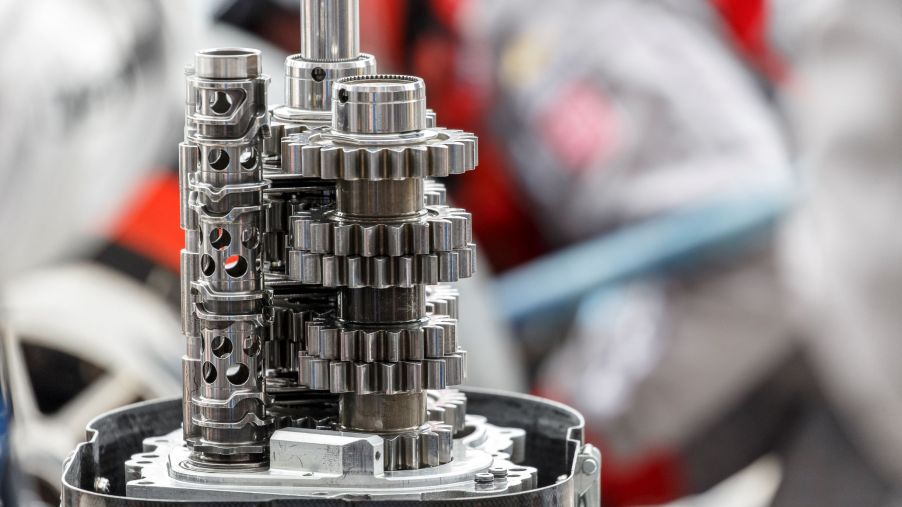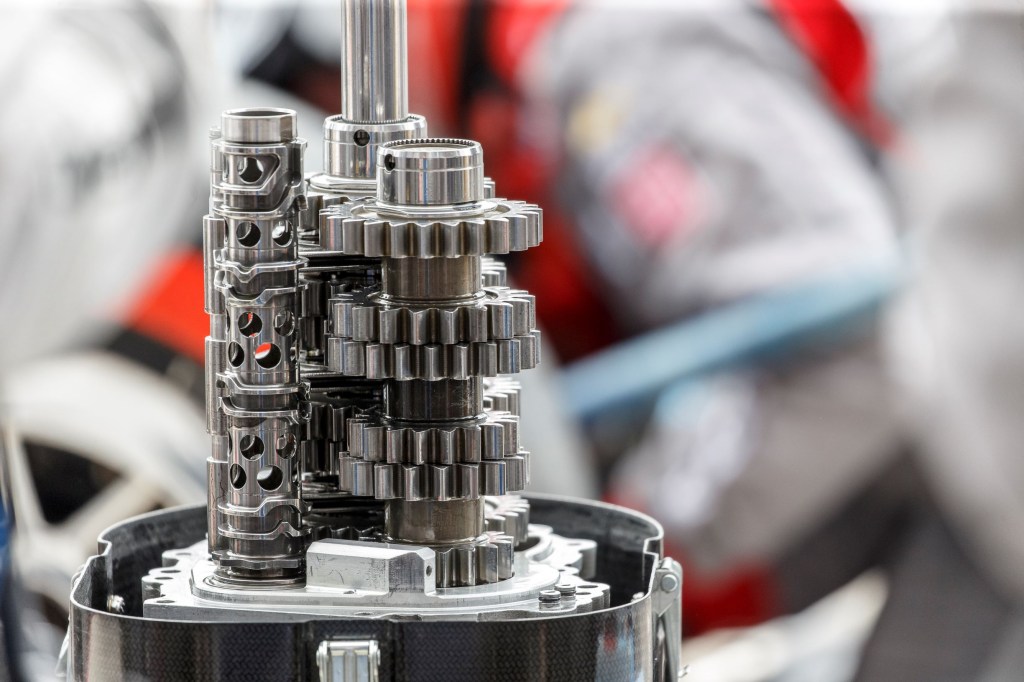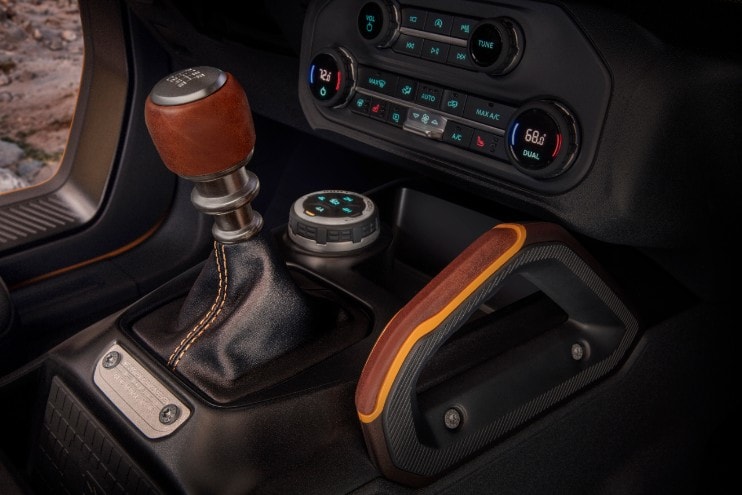
Can You Change Your Transmission’s Gear Ratios?
When it comes to improving your car’s performance, most modifications tend to be rather noticeable. And that doesn’t just apply to new tires or wheels. Even if you can’t see a swapped-in engine, a newly-installed turbo, or a performance exhaust, you can tell it’s there. But some mods are more subtle, especially ones which involve parts most owners rarely think about. One of these mods involves your transmission—specifically, its gears and gear ratios.
What is a gear ratio?

Unless you drive a CVT, Carfax reports, your transmission has gears. And whether you have an automatic or a manual, these gears alter how your engine delivers power and torque to the wheels, Hagerty explains. That’s thanks to your transmission’s gear ratios, Advance Auto Parts reports.
Gasoline and diesel engines need to be revved to make horsepower and torque. That gets sent down the driveshaft to the transmission’s input shaft, which has several gears mounted on it. These mesh with gears on the output shaft, which sends power to the differential and onto the wheels.
When you shift, you physically move the output gears into different positions, altering which ones mesh with the input gears. Each output gear has a specific number of teeth. And when you compare the output gear’s teeth to the input gear’s teeth, that forms the gear ratio, Carbibles explains. For example, if your car’s 1st gear has 30 teeth, and the input gear has 10, you have a 1st gear ratio of 3:1. And the more teeth a gear has, the slower it spins in comparison to the gear it’s meshed with.
Your differential also has a ‘gear ratio,’ Road & Track reports, but it’s typically called the ‘final drive ratio’ or ‘axle ratio.’ That’s because the differential sits on the axle, and is the final part of the powertrain before the actual wheels.
Why is this important?
Gear ratios are important because they’re what help your engine do more work, Hagerty explains. Each gear ratio is chosen to balance power delivery with fuel efficiency, AutoGuide explains, with certain gears skewing towards one or the other.
The gear ratios multiply how much torque gets sent to the wheels. It’s why the electric GMC Hummer is advertised as having over 11,000 lb-ft of torque. That’s not engine torque, but wheel torque: multiply the gear and axle ratios with the engine torque, and you have wheel torque.
Lower gears have numerically high gear ratios, which means they boost wheel torque. That’s what lets your car move in the first place. Off idle, ICEs have very little torque, which is why EVs beat them in standing-start towing tugs-of-war. But thanks to high gear ratios, the wheels see enough torque to let them break traction and get you going.

This is why the manual 2021 Ford Bronco’s 1st gear is called a crawler gear. Because of that high gear ratio, revving the engine doesn’t increase your speed very much. Which means you ‘crawl’ along. But thanks to the torque multiplication, the Bronco can scramble over obstacles much more easily.
Higher gears skew the opposite direction. They have numerically low gear ratios, sometimes less than 1:1. This does mean the wheels see less torque, which is why accelerating on the highway usually prompts a downshift. But it also means the engine doesn’t have to spin as fast to maintain that highway travel speed. That’s why shifting into high gear is more efficient.
Can and should you change your gear ratios?
6 speeds used to be the upper limit for most transmissions. Now, though, 10-speed automatics are increasingly common. And even the Porsche 911 has a 7-speed manual. More gears mean more gear ratios, letting the manufacturers better balance performance and efficiency.

Alternatively, some manufacturers drop gears to save costs. For example, while the Indian Scout has a 6-speed transmission, the cheaper Scout Sixty has a 5-speed. But instead of dropping 6th gear, Indian removed 5th. This means the rider gets the benefit of low gear ratio performance with high ratio efficiency but for less money.
However, they don’t always get it right. For example, while the Porsche Cayman GT4 is an excellent sports car, its 6-speed manual is geared very long, Motor1 reports. As a result, you hit super-legal speeds in 3rd gear. And what’s the point of having a manual if you don’t get to shift it? Luckily, some tuners, such as Sharkwerks, can alter the transmission’s gear ratios to improve acceleration and shifting frequency.
There’s also the axle ratio to consider. As with the transmission, changing the axle ratio changes vehicle performance. A higher ratio means better acceleration, but worse efficiency. And because the engine now revs higher in each gear, the top speed drops. In contrast, a lower final drive ratio raises efficiency and top speed at the cost of acceleration.
The axle ratio is especially important for vehicles with large off-road tires, Expedition Portal reports. Larger tires and wheels essentially ‘gear-up’ your vehicle, FourWheeler explains, and the increased weight and size means your engine has to work harder to keep them rolling. As a result, to maintain proper performance, you’ll likely have to fit a higher-ratio differential.
Follow more updates from MotorBiscuit on our Facebook page.


